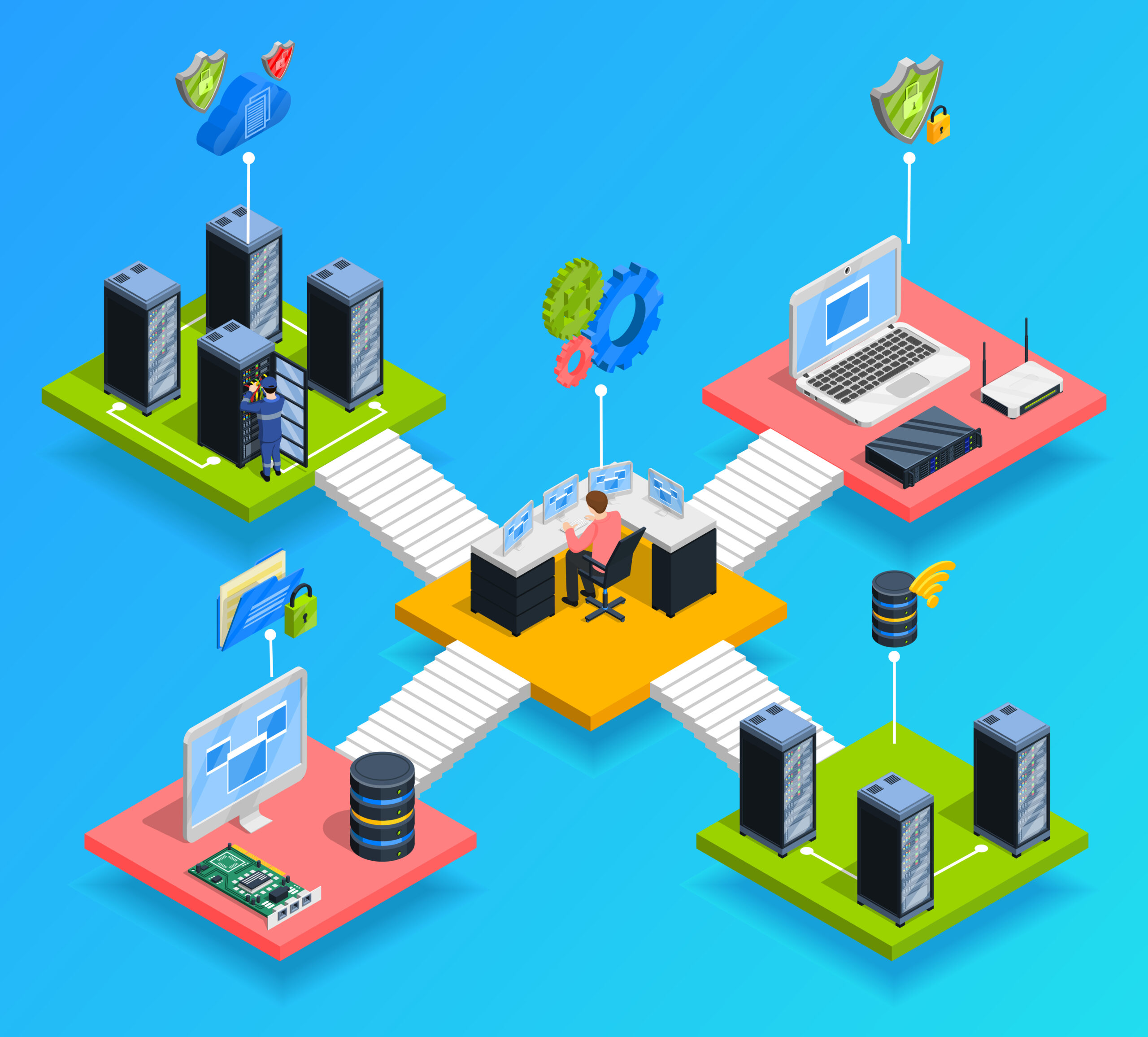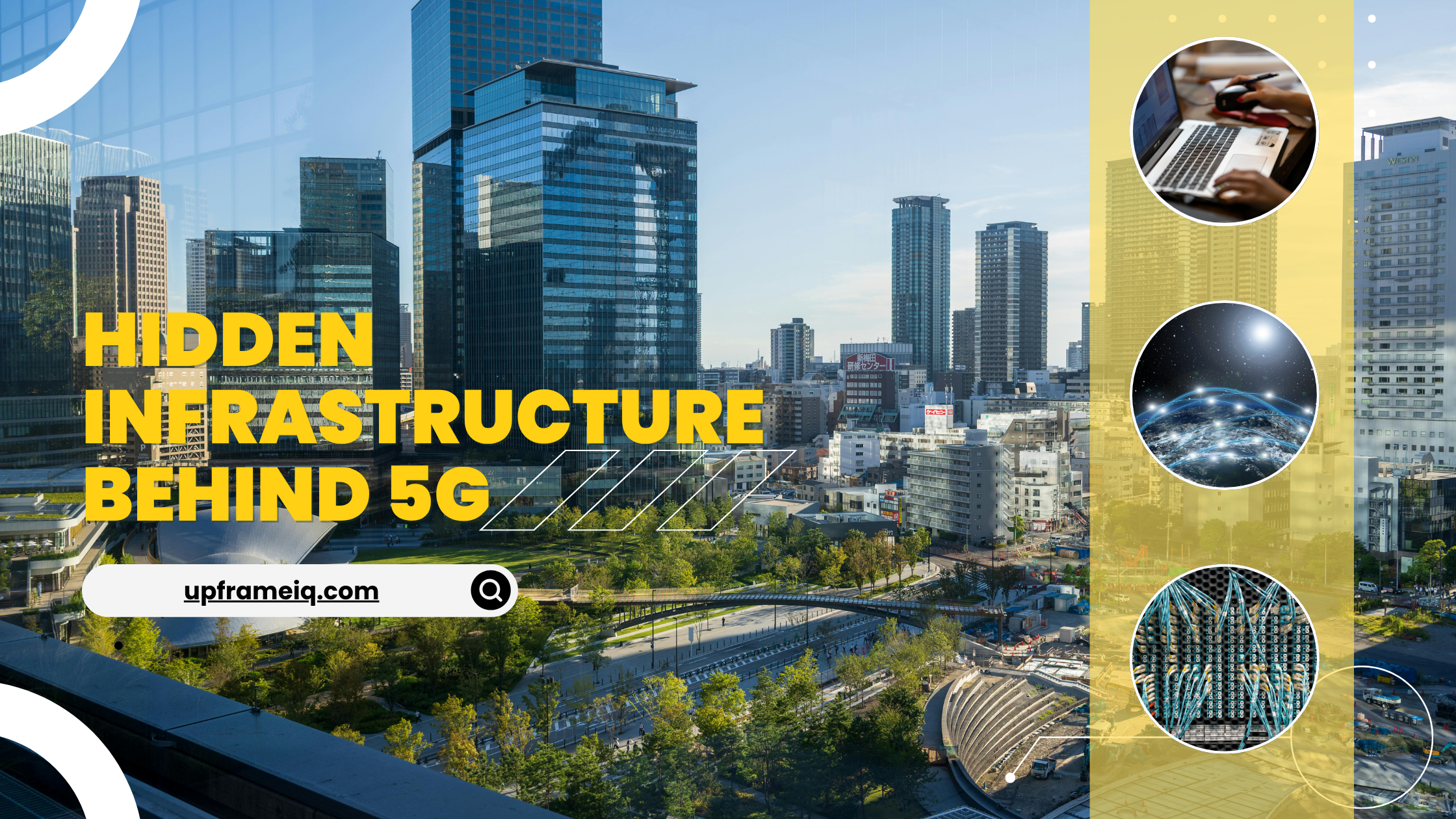Imagine streaming a 4K video without buffering, or a doctor performing remote surgery with zero delay. Behind these futuristic experiences lies more than just “faster internet.” The secret powers of 5G are edge computing, fiber optics, and a smart innovation called network slicing. These technologies form an invisible yet vital foundation of 5G networks, shaping everything from your smartphone to smart cities. Let’s uncover how these tech wonders work together and why they matter to you.
Why Fiber Optics Are the Backbone of 5G’s Lightning Speed and Reliability
Fiber optics aren’t just cables—they’re the highways where data races at nearly the speed of light. Imagine a city with thousands of traffic lights synchronized perfectly to avoid jams; fiber similarly keeps data flowing fast and steady to every 5G antenna, even in crowded areas.
In downtown Tokyo, fiber optics connect dense 5G small cells, enabling seamless live video streaming during festivals with millions of viewers watching simultaneously.
Fiber’s main strengths are:
- Minimal delays and no loss in signal quality over long distances
- Immunity to electromagnetic interference from buildings or machinery
- Supporting critical applications like remote robotic surgery or emergency response communication

This reliable “digital highway” ensures 5G’s promise of stable, fast service, no matter how busy the network gets—setting the stage for other technologies like edge computing.
Edge Computing: Bringing Instant Power Closer to You in 5G Networks
Edge computing works by processing data where it’s generated—like a mini-computer tower near your home or a factory floor—instead of sending everything to a distant cloud.
For an autonomous car, waiting for data to travel to a faraway server could be dangerous. Edge computing enables instant analysis of sensor information, deciding in milliseconds when to brake or steer.
Why is this important?
- Critical for low-latency applications (gaming, VR, remote control in manufacturing)
- Boosts data privacy by processing sensitive info locally
- Prevents network overload by handling heavy data traffic closer to the source
By teaming fiber’s speed with edge’s local power, 5G creates a lightning-fast, reliable, and secure ecosystem for smart devices and real-time services. This natural partnership will define the next generation of digital experiences.
understand more related to “How 5G Is Rewriting the Future of Live Music Production”

Network Slicing: Custom 5G Networks Tailored to Your Needs
Network slicing takes this a step further—a single physical 5G network is split virtually into multiple “slices,” each designed for a specific use.
Example: A hospital can have its own high-security slice for remote surgery while a concert stadium runs a separate high-bandwidth slice to stream live shows without interruption.
Key benefits :
- Guaranteed performance tuned for applications like IoT, AR/VR, or industrial automation
- Efficient allocation of resources, avoiding network congestion
- Enhanced security with isolated network environments for sensitive data
This digital tailoring lets industries and users enjoy personalized, high-quality connectivity that adapts instantly to their unique demands.

Real-World Impact: How These Technologies Are Changing Our Lives Today
- Autonomous vehicles: Edge computing provides split-second decisions needed for safety.
- Smart cities: Fiber and edge tech optimize traffic flow, public safety, and energy use.
- Healthcare: Reliable 5G enables remote monitoring and surgeries with milliseconds delay.
- Manufacturing: Factories use these technologies for predictive maintenance to avoid costly downtime.
These hidden technologies don’t just power faster internet—they’re creating safer, smarter, and more efficient environments for people worldwide.
Challenges in Building 5G’s Hidden Infrastructure
Rolling out fiber, edge nodes, and network slicing at scale face real-world hurdles:
- High investment costs: Building dense fiber networks and edge centers requires billions in capital.
- Technical complexity: Managing thousands of network slices and distributed edge locations demands advanced orchestration tools.
- Security risks: More endpoints increase potential attack surfaces, necessitating robust cybersecurity measures.
- Skill shortages: Operators need skilled personnel to deploy and maintain such sophisticated infrastructure.

Despite these, global research shows every dollar invested in 5G infrastructure can generate up to $14 in economic growth due to efficiencies and new services unlocking.
Conclusion: The Future Is Built on Edge, Fiber, and Network Slicing
Behind every smooth video call or connected device are the silent champions: fiber optics, edge computing, and network slicing. Together, they form the backbone enabling 5G to truly transform industries, cities, and everyday lives. As deployment accelerates, expect more seamless experiences, smarter cities, and revolutionary innovations.
Want to stay ahead in the 5G revolution? Share this article, leave your thoughts in the comments, and like if you found these insights helpful. Let’s explore the future of connectivity together!
This post is part of our Tech & 5 G Innovation Hub — explore more insights on how 5 G is transforming industries and daily life.”

